A honey bee (or honeybee) is any member of the genus Apis, primarily distinguished by the production and storage of honey and the construction of perennial, colonial nests from wax. In the early 21st century, only seven species of honey bee are recognized, with a total of 44 subspecies, though historically six to eleven species are recognized. The best known honey bee is the Western honey bee which has been domesticated for honey production and crop pollination. Honey bees represent only a small fraction of the roughly 20,000 known species of bees. Some other types of related bees produce and store honey, including the stingless honey bees, but only members of the genus Apis are true honey bees. The study of bees, which includes the study of honey bees, is known as melittology. -Wikipedia
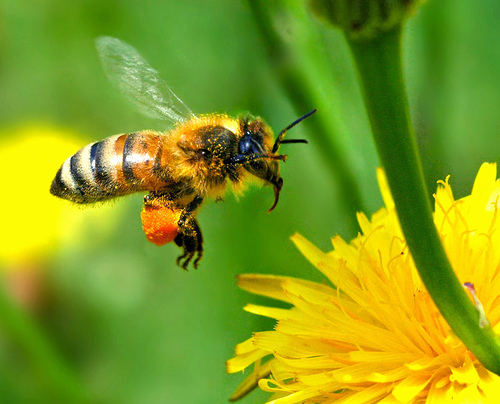
Photo from www.wakeup-world.com
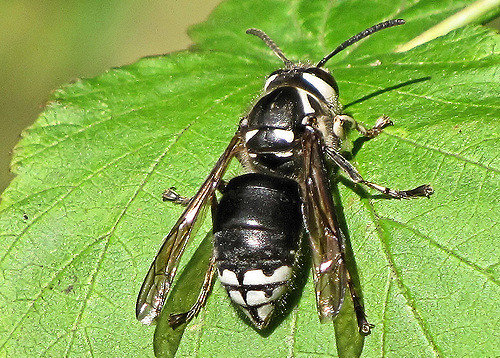
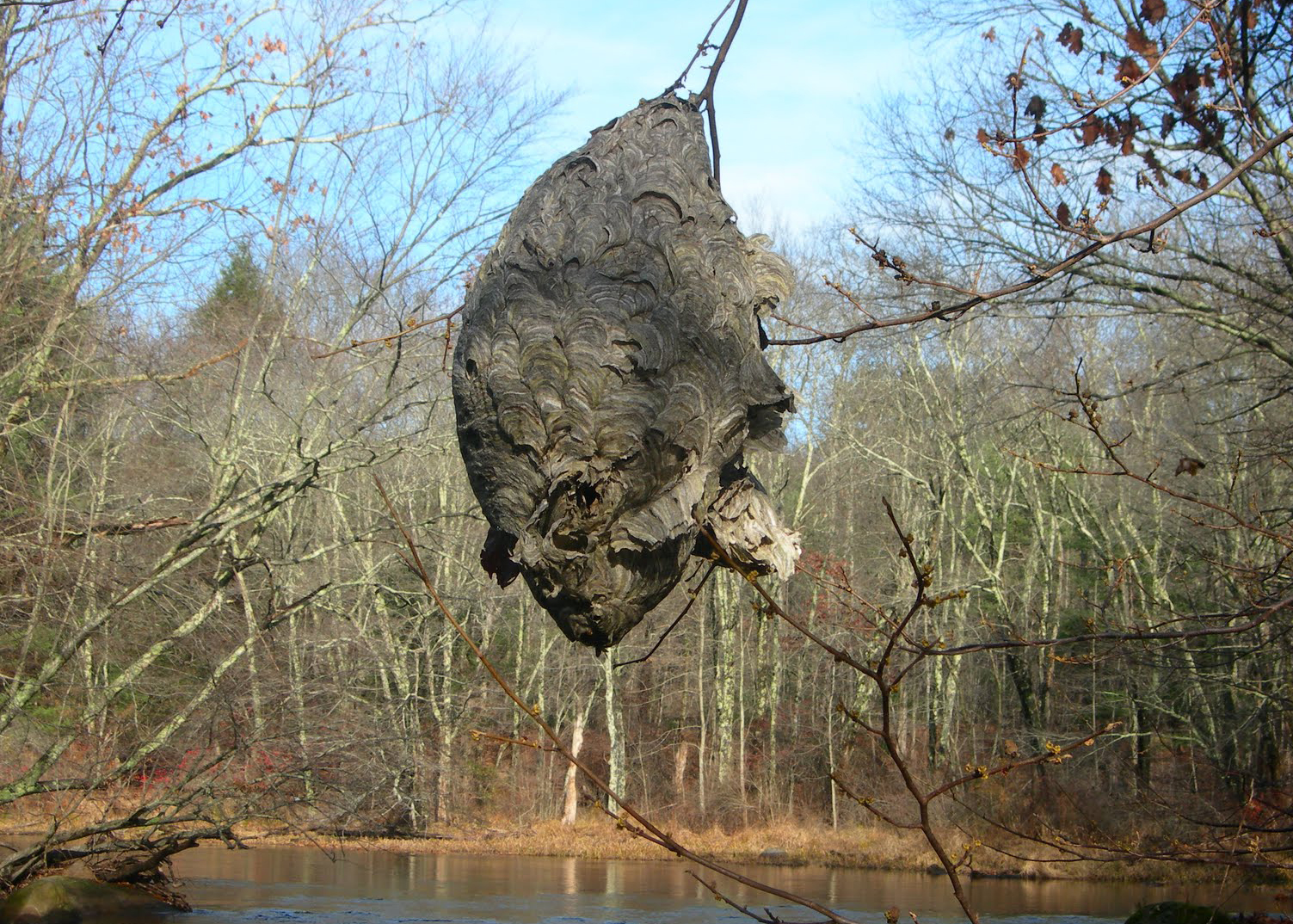
Baldfaced hornets are distinguished from other yellowjackets by their white and black coloring. It has a white or "baldfaced" head, which is the source of its colloquial namesake. These wasps also have three white stripes at the end of their bodies. They are notably larger than other species of Dolichovespula.
-Wikipedia
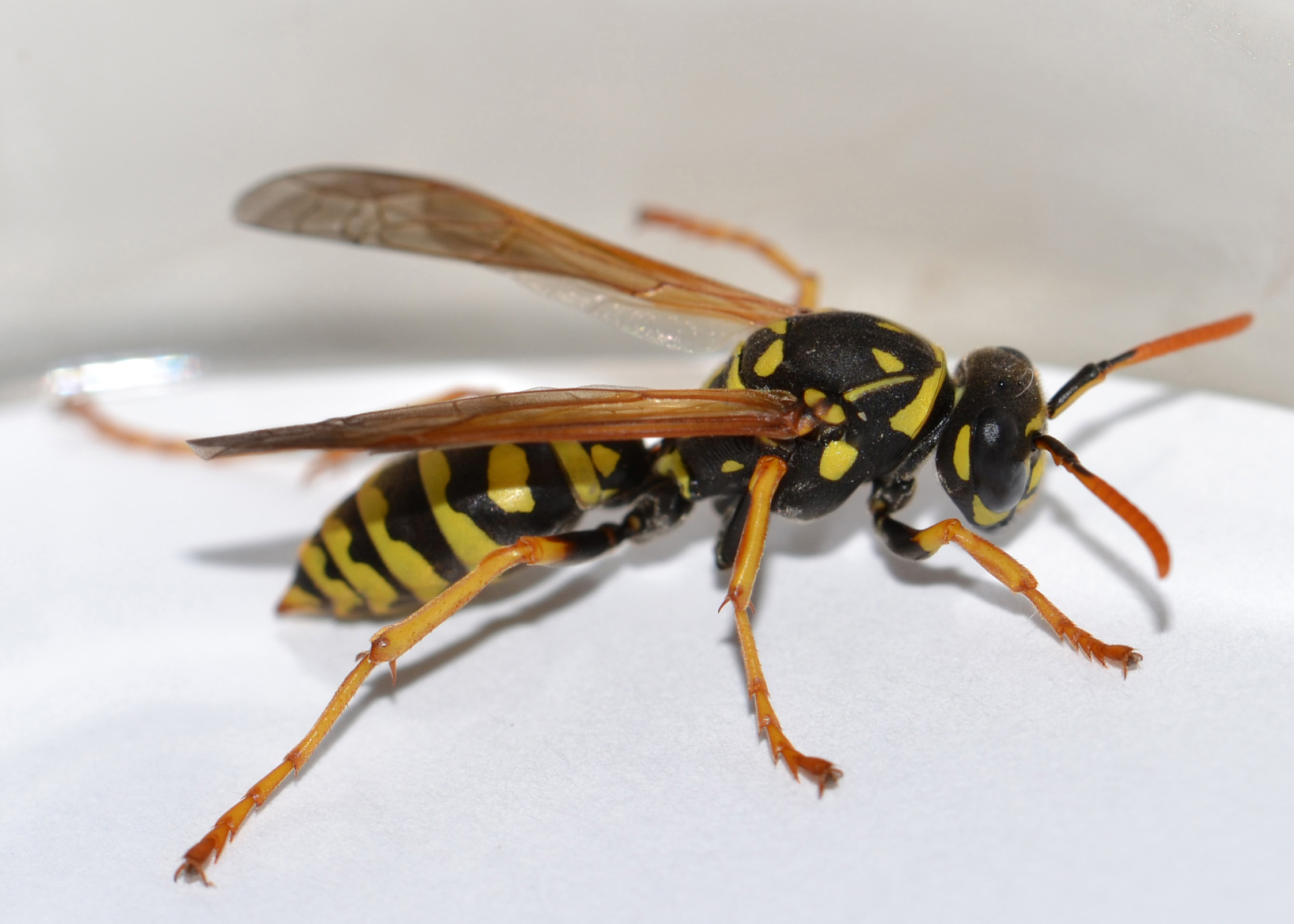
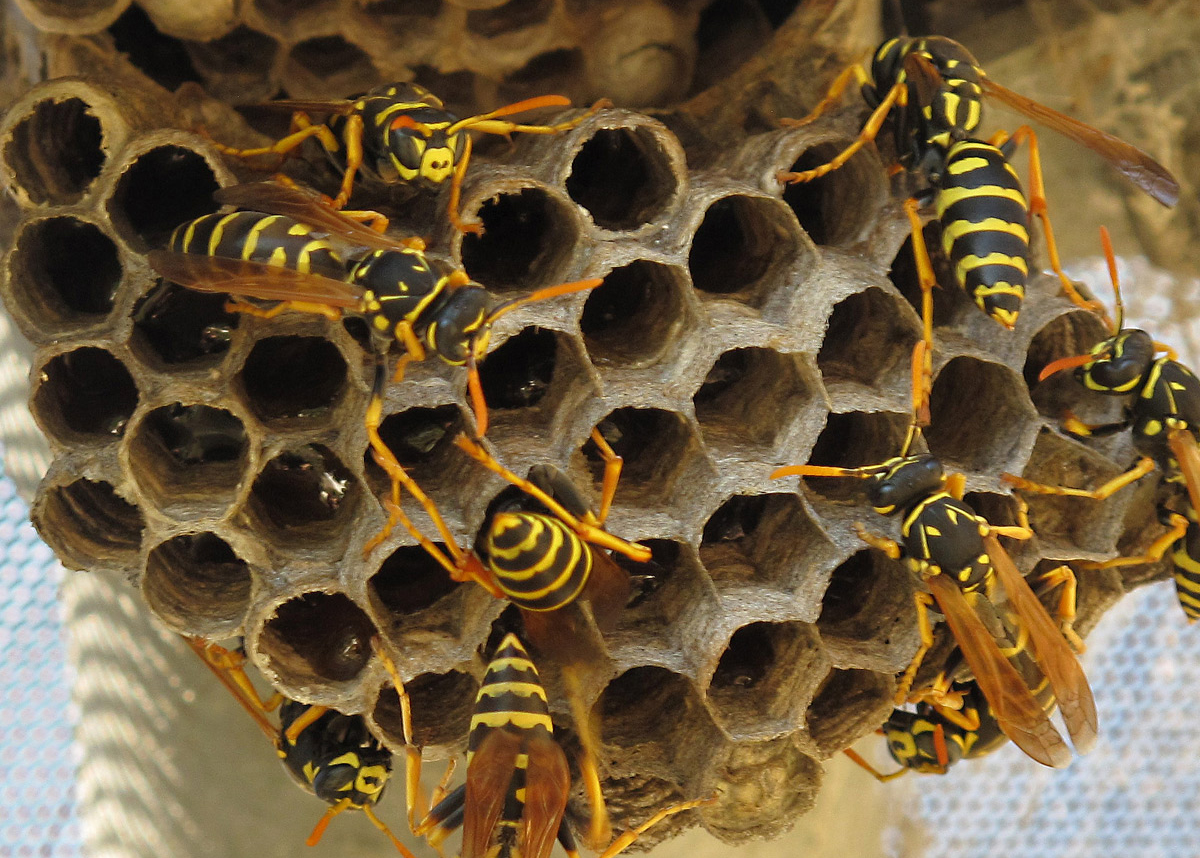
Paper wasps are vespid wasps that gather fibers from dead wood and plant stems, which they mix with saliva, and use to construct water-resistant nests made of gray or brown papery material. Some types of paper wasps are also sometimes called umbrella wasps, due to the distinctive design of their nests.
-Wikipedia
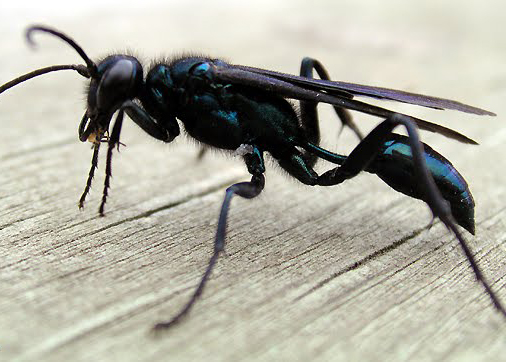
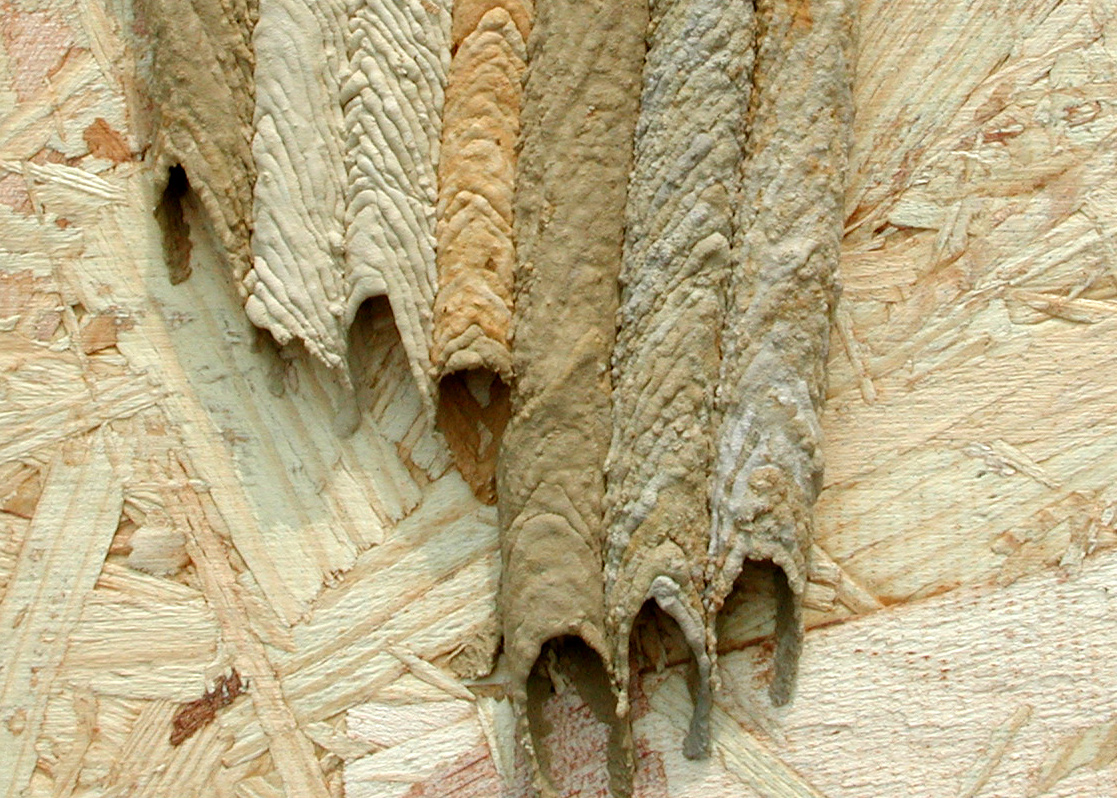
Mud dauber (or "mud wasp") is a name commonly applied to a number of wasps from either the family Sphecidae or Crabronidae that build their nests from mud. The name refers to the nests that are made by the female wasps, which consist of mud molded into place by the wasp's mandibles. Stings are uncommon.
-Wikipedia
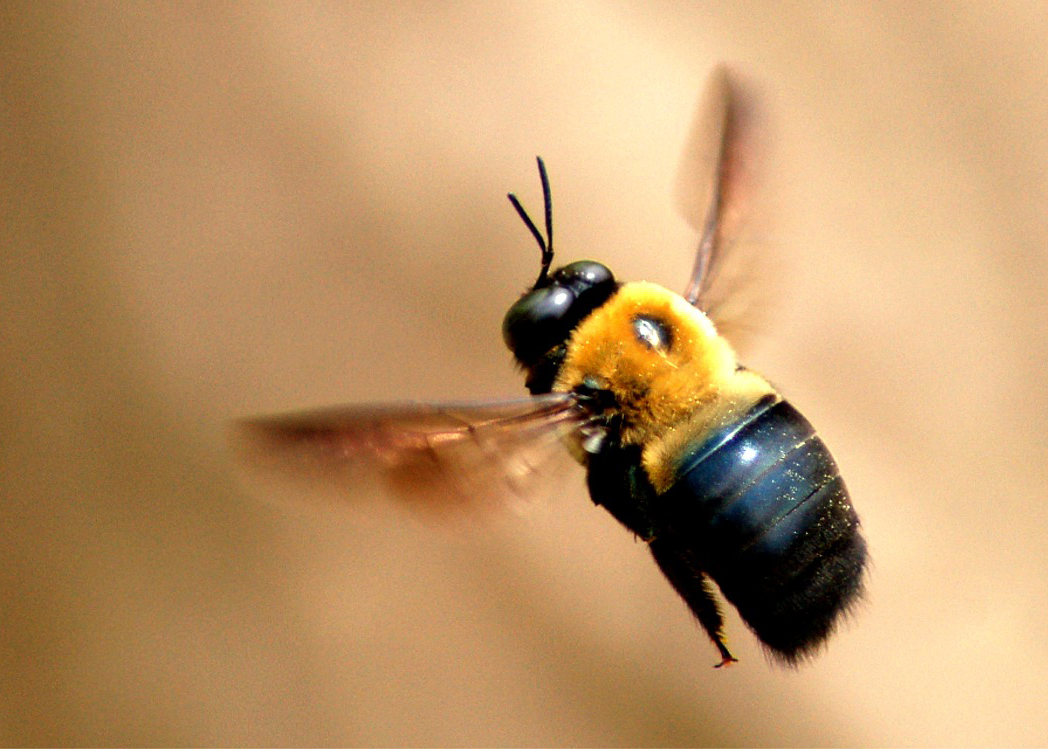
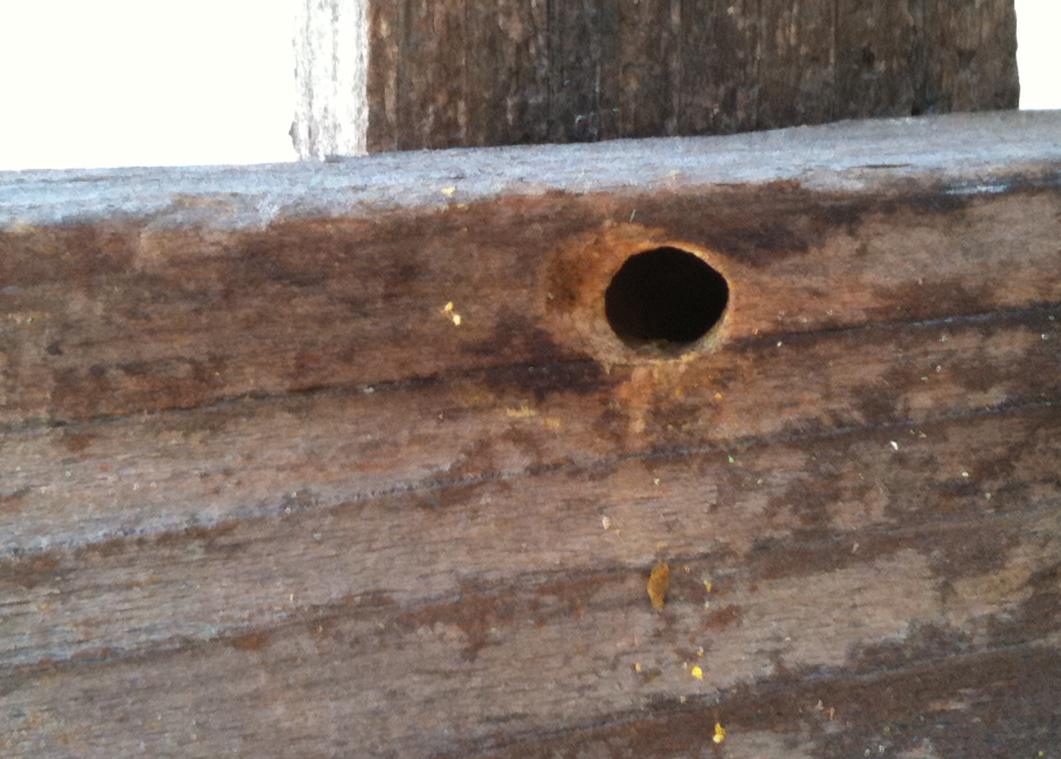
The common name "carpenter bee" derives from their nesting behavior; nearly all species burrow into hard plant material such as dead wood or bamboo. The main exceptions are species in the subgenus Proxylocopa; they dig nesting tunnels in suitable soil.
-Wikipedia

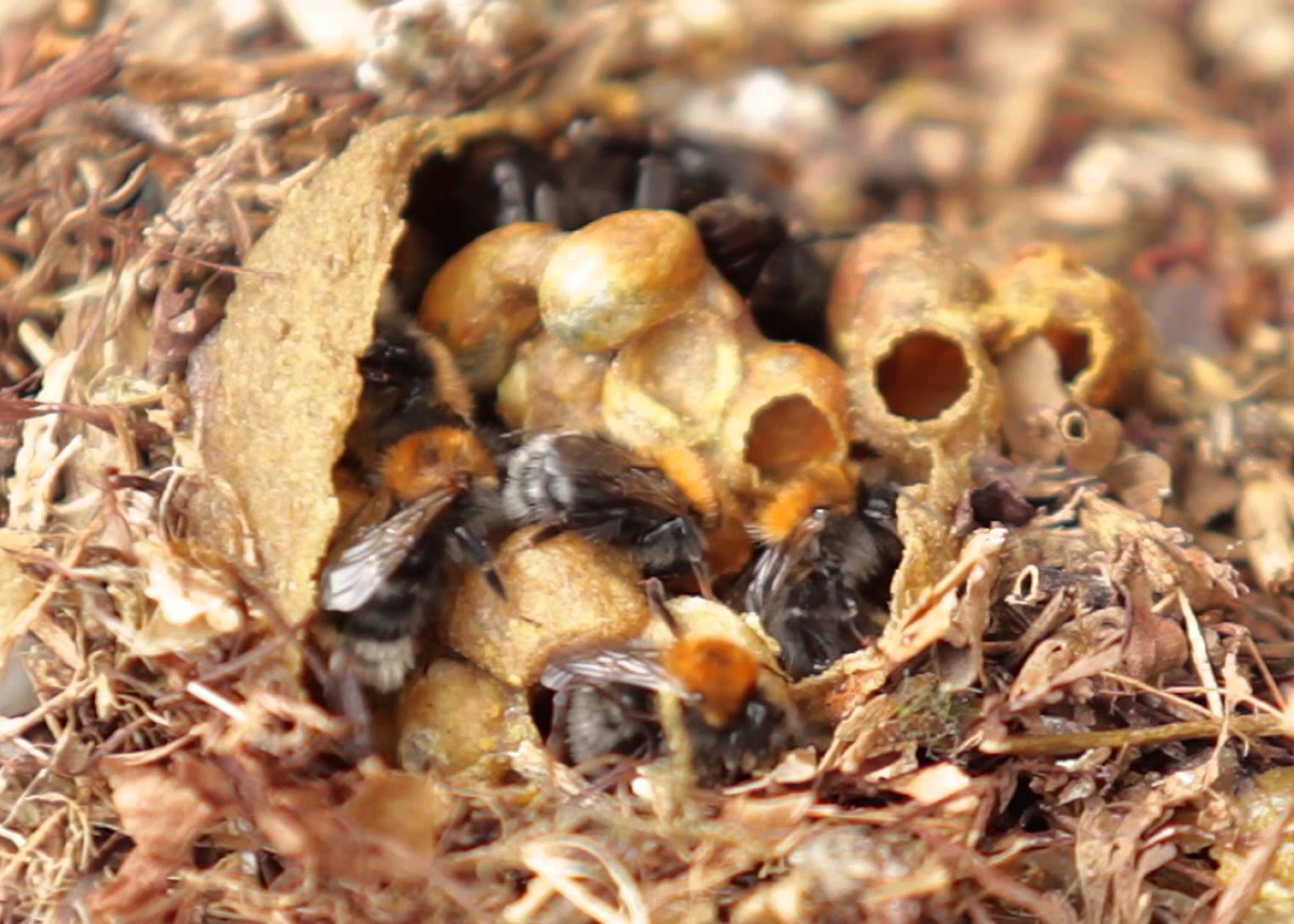
Many bumblebees are social insects that form colonies with a single queen. The colonies are smaller than those of honey bees, growing to as few as 50 individuals in a nest. Female bumblebees can sting repeatedly, but generally ignore humans and other animals.
-Wikipedia
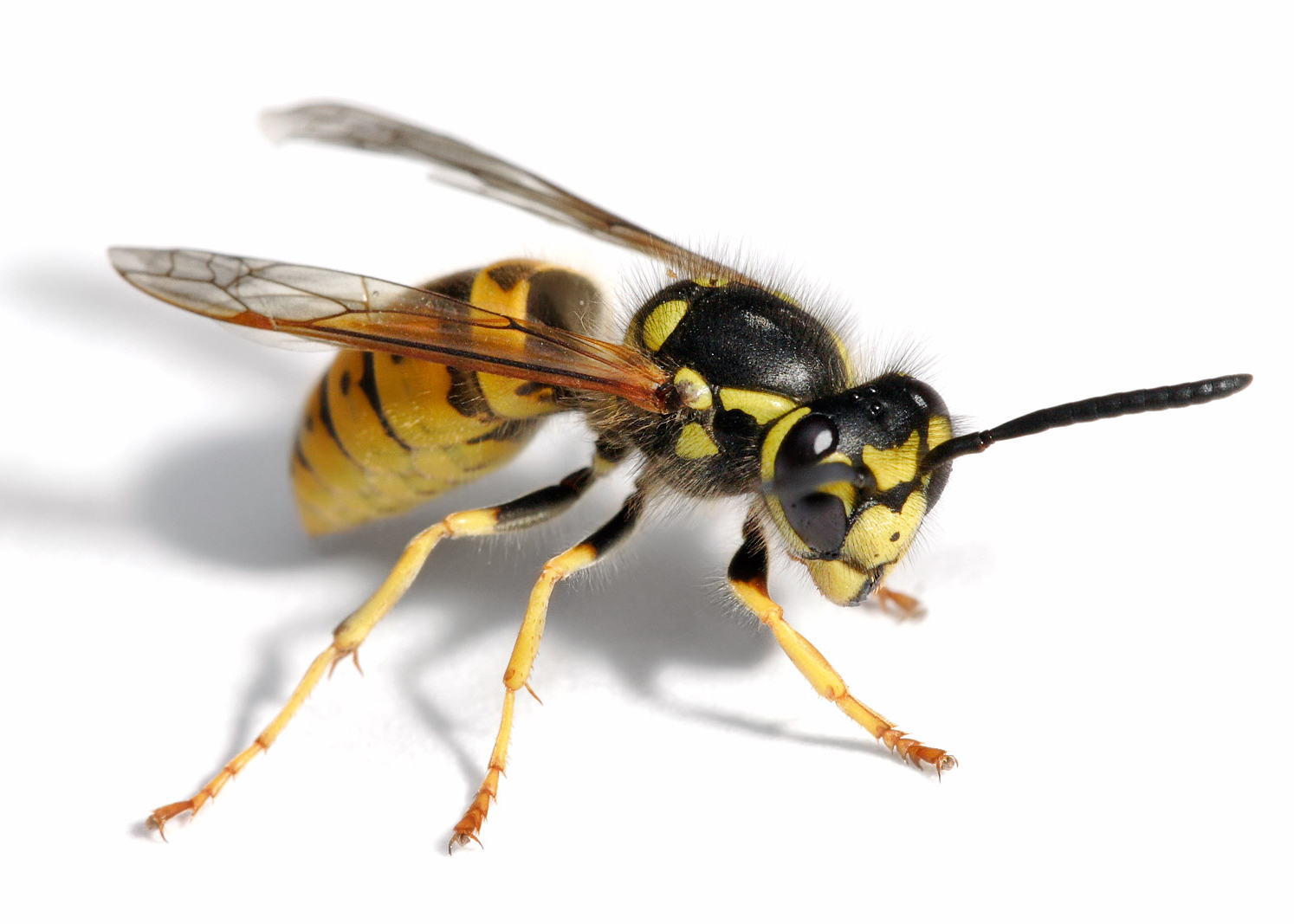
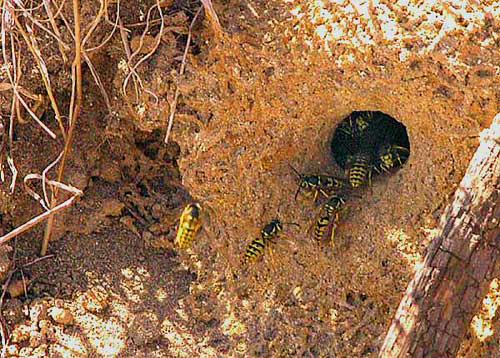
These species have lance-like stingers with small barbs, and typically sting repeatedly, though occasionally a stinger becomes lodged and pulls free of the wasp's body; the venom, like most bee and wasp venoms, is primarily only dangerous to humans who are allergic.
-Wikipedia